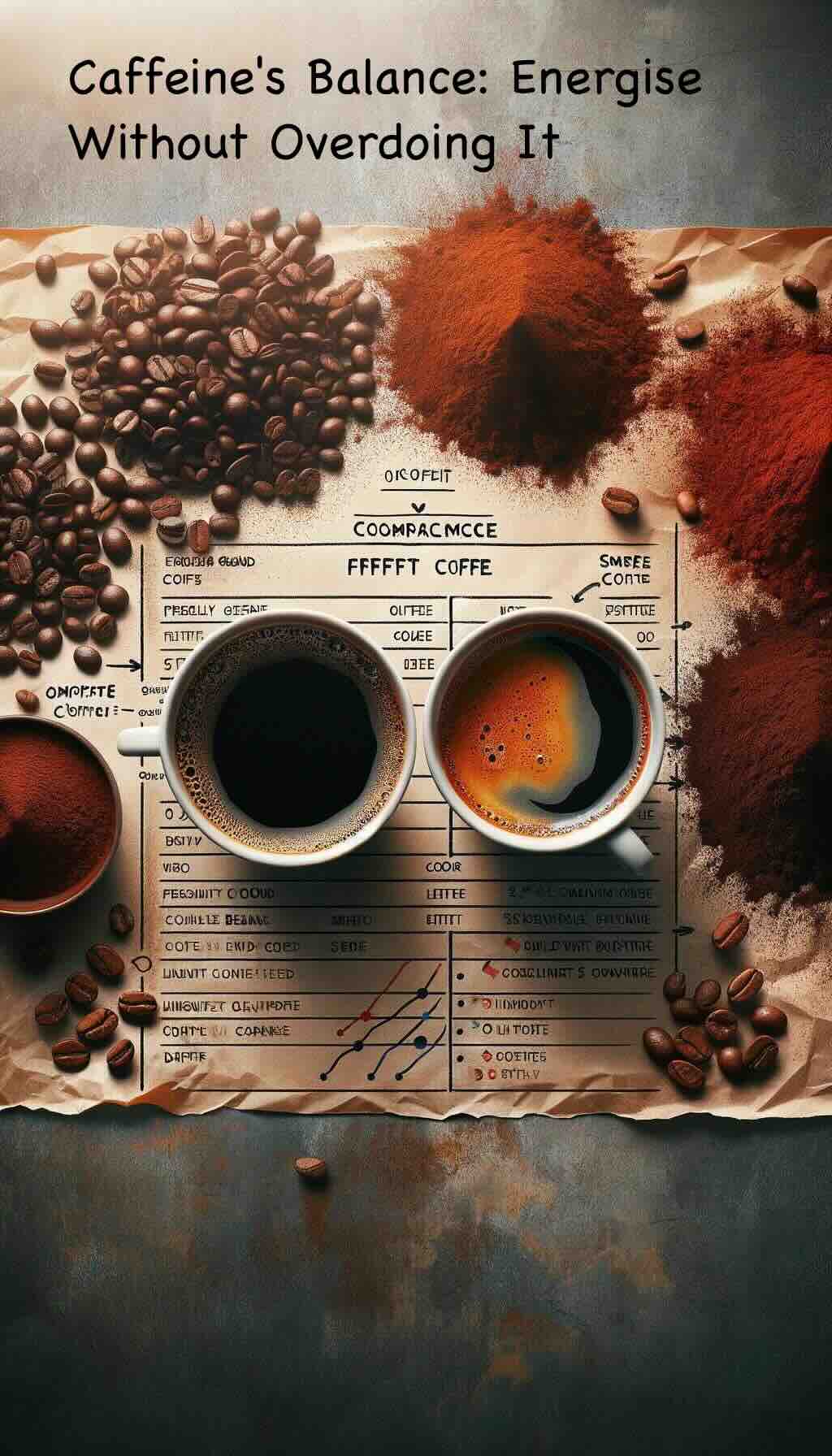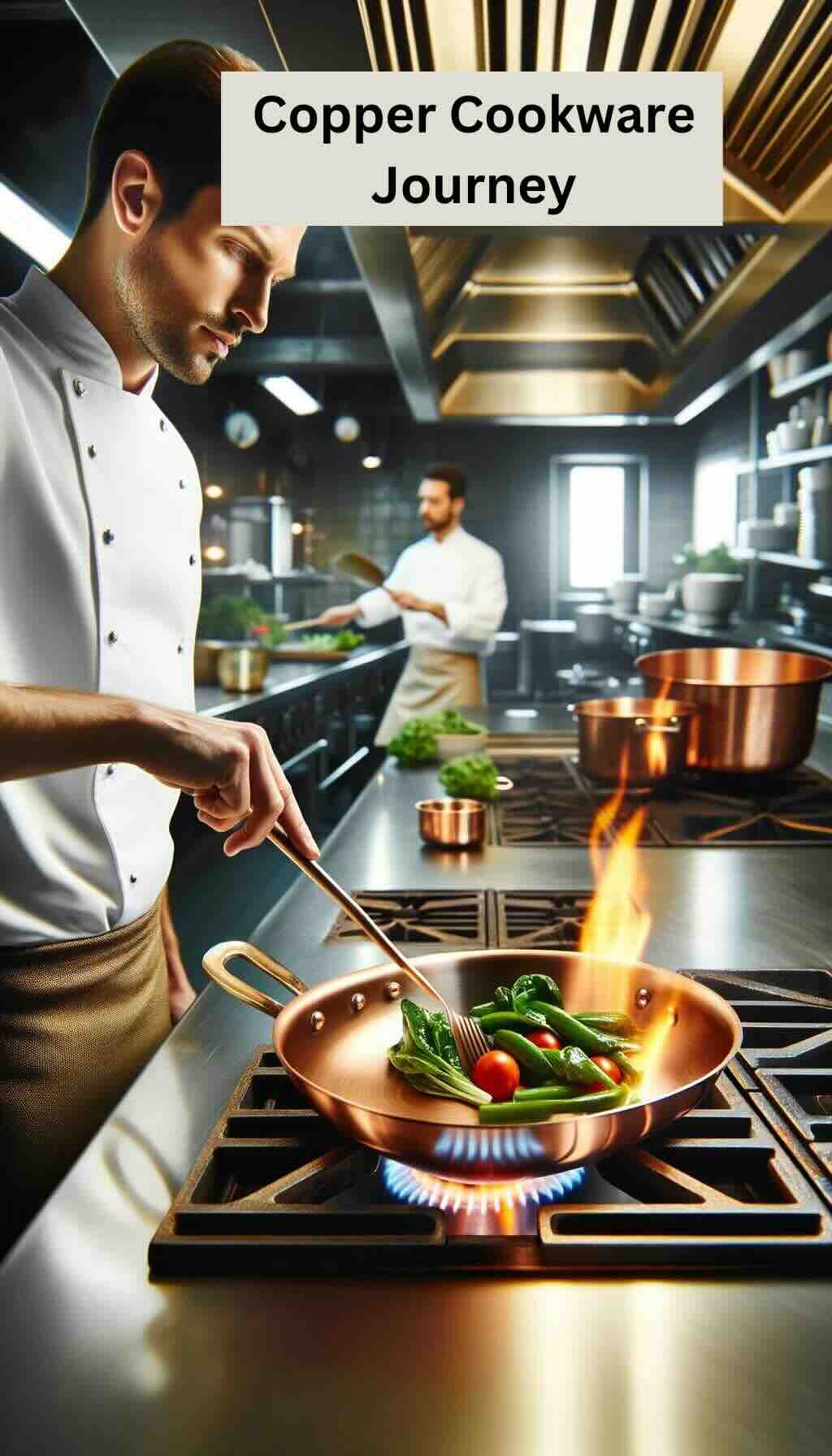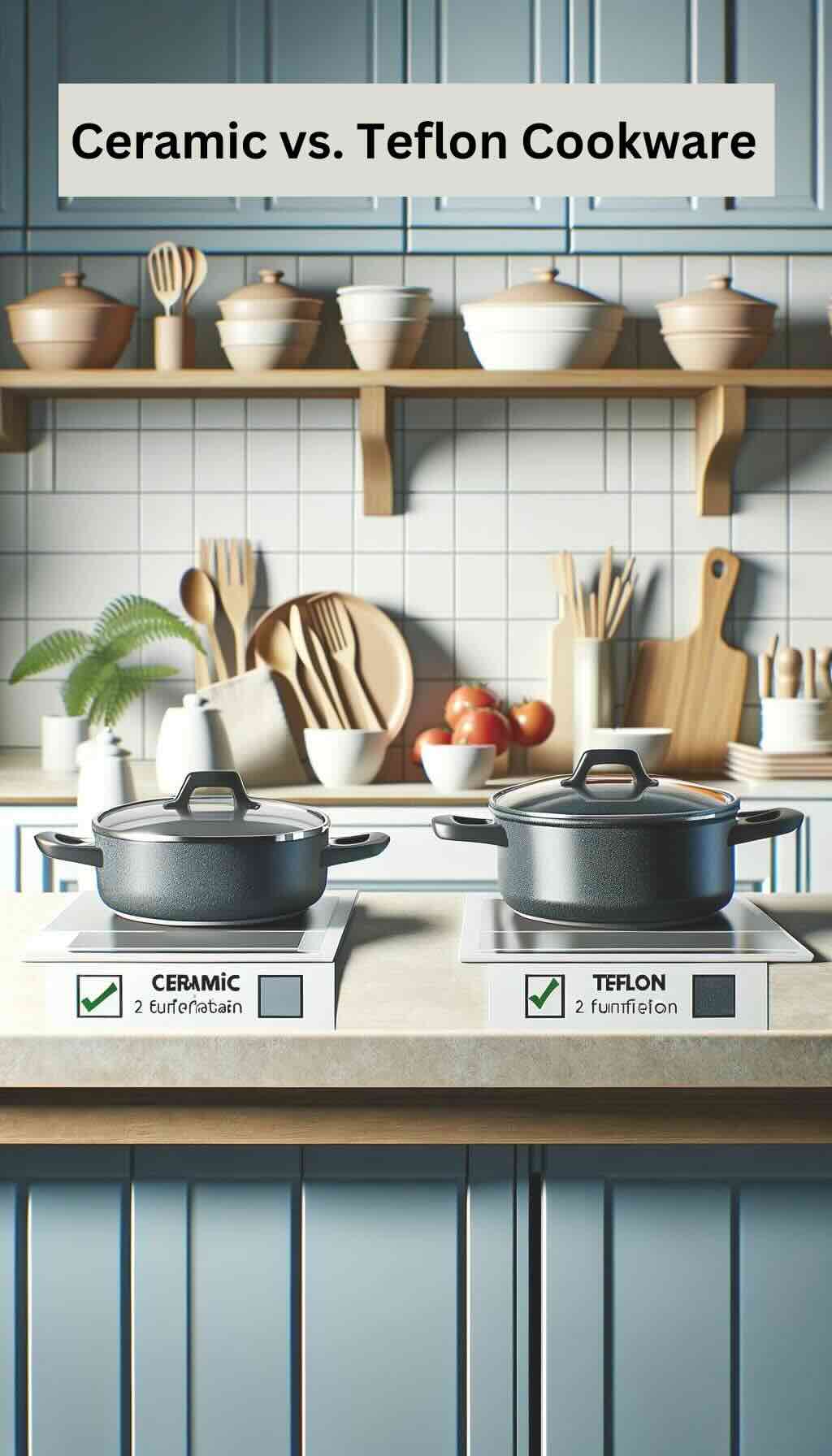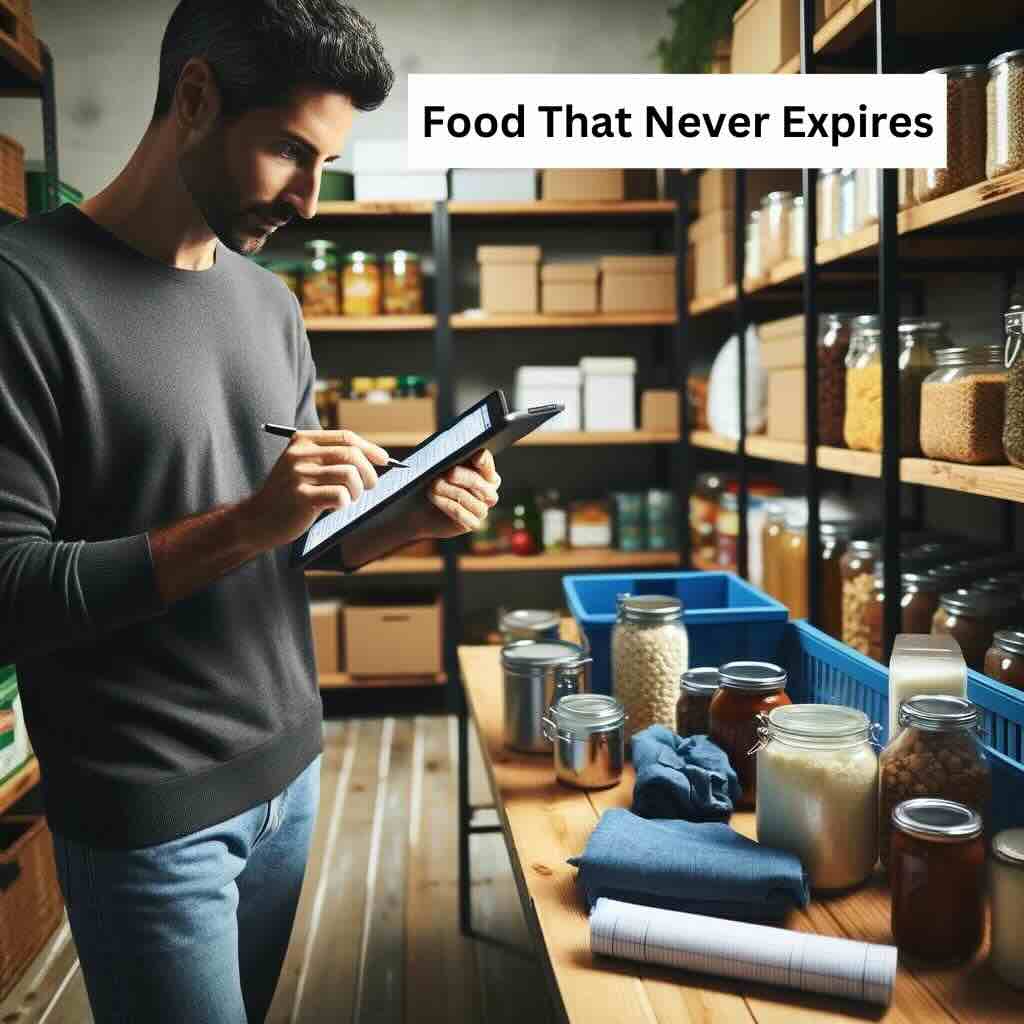
Caffeine, the world’s most beloved stimulant, serves as the cornerstone of our daily rituals, from the first sip of morning coffee to that afternoon tea break. This guide dives deep into the essence of caffeine, unravelling its effects on the body, mind, and daily life, while offering practical advice for optimising its benefits and mitigating its drawbacks.
What is Caffeine?
Caffeine is a natural stimulant found in coffee beans, tea leaves, cocoa beans, and an array of other plants. It invigorates the central nervous system, warding off drowsiness and boosting alertness, making it a prized ally in our quest to stay awake and active.
The Multifaceted Impact of Caffeine
On the Brain: Caffeine blocks adenosine, a neurotransmitter that promotes sleep, enhancing alertness and concentration. This blockade results in the release of other neurotransmitters like dopamine and norepinephrine, uplifting mood and improving cognitive functions.
On Physical Performance: It increases adrenaline levels, preparing your body for intense physical exertion. Caffeine breaks down body fat, making fatty acids available for energy production, thereby enhancing physical performance.
On Metabolism: By stimulating thermogenesis, caffeine boosts your metabolic rate, aiding in weight management. However, its effects might diminish with regular consumption.
Navigating Caffeine Consumption
While caffeine is celebrated for its energy-boosting properties, it’s crucial to consume it responsibly:
Optimal Dosage: Most research suggests that 200-400 mg of caffeine per day is safe for most adults, roughly the amount in 2-4 cups of coffee. Sensitivity varies, so adjust according to your tolerance.
Timing Matters: Caffeine’s effects peak within 30-60 minutes and can last 3-5 hours in the body. Consider your schedule and cut off caffeine 6 hours before bedtime to avoid sleep disruption.
Beware of Overconsumption: Excessive intake can lead to restlessness, anxiety, heart palpitations, and may exacerbate certain health conditions. Know your limit to maintain a healthy relationship with caffeine.
Variety is Key: Explore different sources of caffeine beyond coffee—green tea, black tea, and dark chocolate offer diverse flavors and health benefits, with varying caffeine content.
Health Benefits and Risks
Caffeine’s health implications are a double-edged sword:
Benefits: Moderate consumption is linked to a lower risk of several diseases, including Parkinson’s disease, type 2 diabetes, and certain cancers. It’s also associated with a reduced risk of stroke and heart failure.
Risks: Overconsumption can increase blood pressure, cause heart palpitations, and lead to insomnia and digestive issues. Individuals with certain health conditions should limit their intake.
Making Caffeine Work for You
To harness caffeine’s full potential without falling prey to its pitfalls, consider the following tips:
Start Slow: If you’re new to caffeine or sensitive, start with small amounts and gauge your body’s response.
Stay Hydrated: Caffeine has diuretic properties, so increase your water intake to stay hydrated.
Mix It Up: Alternating caffeinated beverages with caffeine-free options can prevent tolerance build-up and dependence.
The Verdict: A Balanced Brew
Caffeine, in essence, is a powerful tool for enhancing daily life, offering both mental and physical benefits. Like any tool, its effectiveness lies in how it’s used. By understanding caffeine’s impact on the body and mind, and moderating intake, we can enjoy the buzz without the bite.
In the grand tapestry of health and wellness, caffeine occupies a unique thread, weaving energy into our days and alertness into our tasks. Embrace it wisely, and let it enhance, not dictate, the rhythm of your life.
10 FAQs for “Caffeine’s Balance: Energise Without Overdoing It”
How much caffeine is safe to consume daily?
Most adults can safely consume up to 400 mg of caffeine per day, equivalent to about 4 cups of coffee. However, individual tolerance varies.
Can caffeine consumption affect sleep?
Yes, caffeine can disrupt sleep patterns if consumed late in the day. It’s recommended to avoid caffeine at least 6 hours before bedtime.
Why does caffeine affect people differently?
Genetic factors influence how quickly your body metabolizes caffeine, affecting sensitivity and tolerance levels.
Are there health benefits to drinking coffee?
Moderate coffee consumption has been linked to reduced risks of several diseases, including Parkinson’s disease, type 2 diabetes, and certain forms of cancer.
Can I become dependent on caffeine?
Yes, regular, excessive consumption can lead to dependence, making it harder to function without your caffeine fix.
How can I cut back on caffeine without withdrawal symptoms?
Gradually reduce your caffeine intake over several weeks, substituting caffeinated drinks with decaffeinated versions or other low-caffeine alternatives.
Does caffeine have any effects on exercise performance?
Caffeine can enhance physical performance by increasing adrenaline levels and freeing fatty acids stored in fat tissues.
What are the signs of too much caffeine?
Symptoms of overconsumption include jitteriness, heart palpitations, dizziness, restlessness, and insomnia.
Are there caffeine-free alternatives for energy?
Yes, alternatives like herbal teas, chicory coffee, and adaptogenic drinks can provide an energy boost without caffeine.
How does caffeine impact mental health?
While caffeine can improve mood and alertness, excessive intake may increase anxiety and stress levels in sensitive individuals.
Blog Tags
caffeine consumption, health benefits, sleep quality, exercise performance, caffeine sensitivity, withdrawal symptoms, energy alternatives, mental health, daily intake, metabolism












